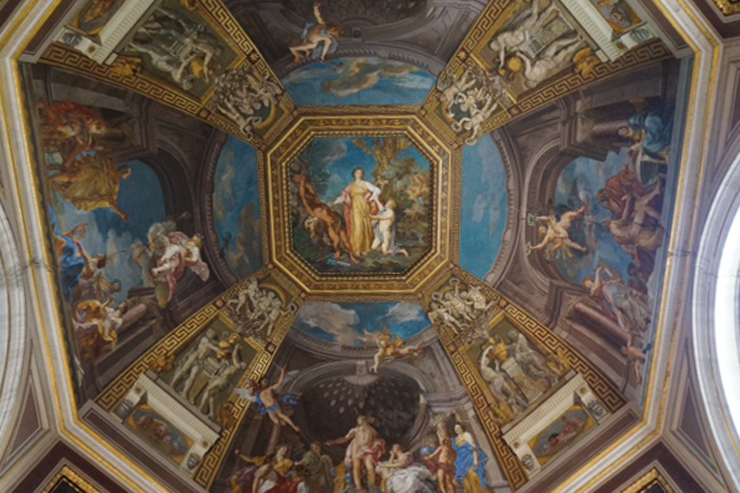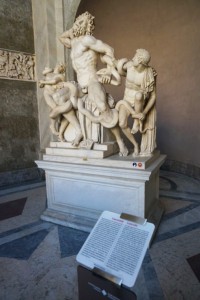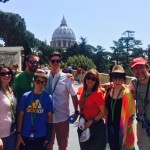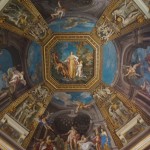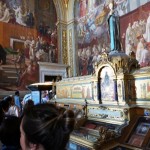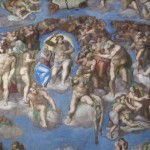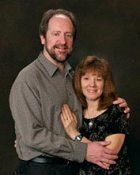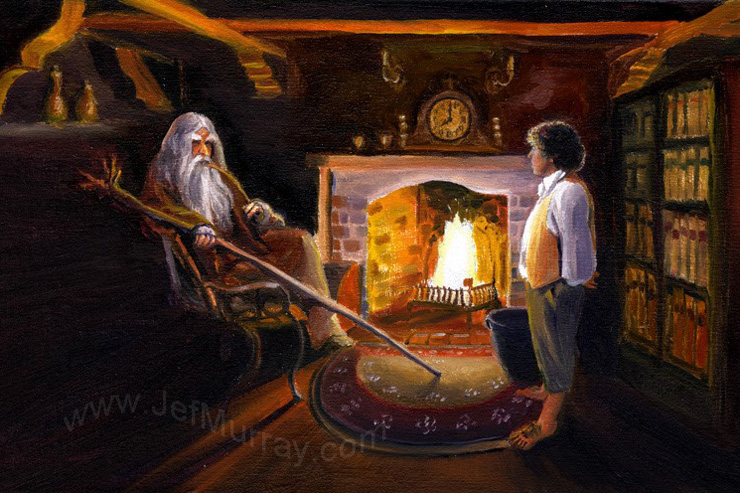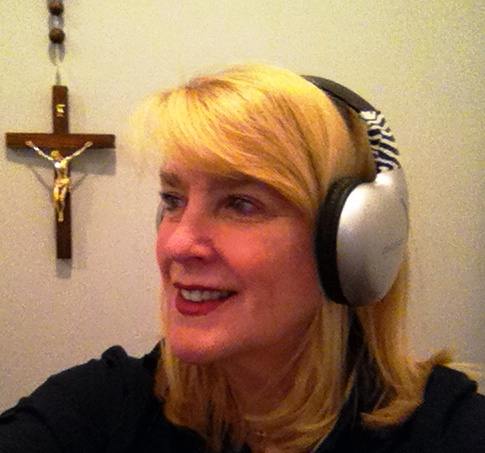Travel Journal Day Four, May 10, 2015 — The Vatican Museums and the Sistine Chapel
The Vatican Museums were established over five hundred years ago by Pope Julius II after the discovery of just one marble sculpture in 1506 that had been buried in a farmer’s field for more than a millennium. That one sculpture, Laocoön and His Sons, has begotten one of the largest and most renowned collections of art works and sculptures from all over the world. The works are now housed in fifty-four separate museums on the grounds of the Vatican City, a city-state encompassed by Roma, Italia. It would take take months to fully explore the tens of thousands of pieces on public display here. And their combined value is utterly incalculable. One of the first collections we saw—of ancient Roman marble sculptures—contained over a thousand pieces. Jeb Wolfe, our guide from Walking Tours of Italy, pointed out this collection alone was estimated to be worth over a billion dollars!
Some of the gigantic tapestries on display took over ten years to complete on looms in Belgium during the fifteenth century. The artwork painted on the interior walls of the Papal apartments were completed by such Renaissance artists as Raphael, Leonardo da Vinci, Giovanni Bellini, Caravaggio and others. These too are priceless and are among the most important masterpieces in the world.
Our guide talked about the the history of the Vatican city-state. The word “Vatican” literally means “Divining Serpent,” and was derived from “Vatis” meaning “Diviner” and “Can” which translates to “Serpent”. So it turned out the Vatican and St. Peter’s were built on this ancient pagan site known as the “Hill of Prophecy” where Roman spiritual leaders would go to predict the future. I doubted any of their pagan prophets could have predicted what the Vatican would one day be famous for—the center of the Catholic faith.
Before were stepped into the Sistine Chapel, where Popes for centuries have been elected, we walked through the room where, in 1854, Pope Pius IX solemnly proclaimed one of the central dogmas of our faith, the Immaculate Conception. We saw the original documents translated into all the known languages of the time. It is situated in what was once the Borgia Tower. The frescos here were painted by Francesco Podesti in the nineteenth century and showed the scenes from the Marian proclamation by Pope Pius IX.
Our final stop was the Sistine Chapel itself. The artwork on the famous ceiling was done by Michalangelo in the fresco style. It is a technique of painting done on freshly-laid plaster. Unlike oil painting, the work must be completed before the plaster dried, usually within hours. And any mistakes, even small ones, could not be touched up at all, the only option was to tear it down and start all over again.
Our guide also pointed out that it was a myth that Michalangelo painted these frescos on his back. He was forced to tilt his head way back as he stood on scaffolding to create these masterpieces on the chapel’s ceiling. After a long day’s work Da Vinci was often seen with his head still tilted back as he returned to his apartment! I can only imagine how he must have felt, because my neck now is strained after gazing up at ceiling artwork all day!
Today we attended Sunday Mass at St. Peter’s and then, like tens of thousands of others from all over the world every Sunday, we waited for the Pope to emerge from a balcony overlooking St. Peter’s Square to recite the noon Regina Cæli with him. More about those experiences tomorrow!
- Armstrongs in Rome
- Armstrongs in Rome
- Ceiling in the Vatican Museum Photography by Mark Armstrong
- Tapestry Room Vatican Photography by Mark Armstrong
- Room of the Immaculate Conception – Vatican Museum Photography by Mark Armstrong
- Michelangelo’s “Last Judgment” on the Altar Wall in the Sistine Chapel Photography by Mark Armstrong

